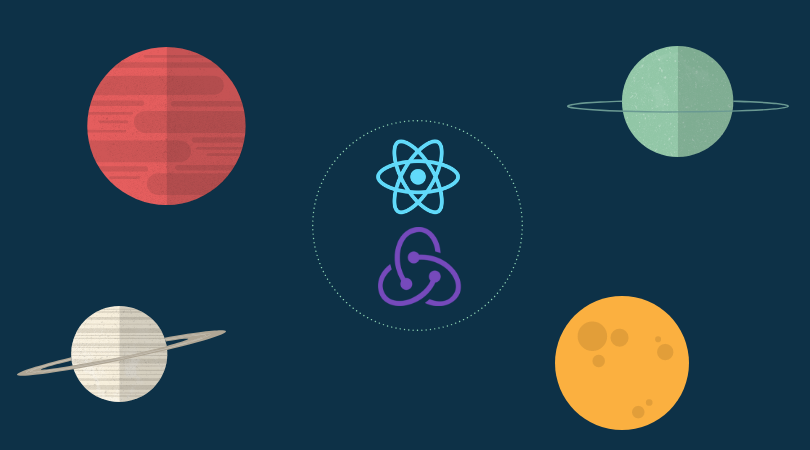Have you already tried the currently most popular JavaScript library?
Yes, in case you weren’t sure, I am talking about React.js, a set of libraries that allows us to make complex interfaces using JavaScript. And in a very simple way, if I may add. The key focus is development of user interfaces. But that’s just the main area, React is a great tool for all sorts of web applications, SPAs (single page applications) and even mobile applications. Its entire ecosystem of applications, tools and components makes it a very useful library.

It is fair to safe that React serves as a basis, a foundation on top of which we can build pretty much anything using JavaScript, since it comes with multiple ready-made solutions that we can just apply. That way we save precious time, since we don’t have to develop these tools – they are already there.
In React there is no need to write lines and lines of code in order to manipulate the page – this is an automated process, due to the views that are associated with the date.
Performance is React’s strongest asset and that’s precisely why developers choose it for many high-level projects. It provides them a neat, agile and easily maintainable architecture development.
React is not a framework, it is a library and it deals with user interfaces primarily. However, if you use the right add-ons you can turn it into a product that works much like a framework, with a comparable set of features. When the development is based on reusable components, we get a very consistent architecture with easy scalability and maintenance. It is very easy to find technical information regarding React, there’s a wide community around this library and most would be very happy to share their insight with you. Plus, previously created components can be used in any new project.
Take care of your data layer
Here are some of the most common issue that arises during the process of design of our applications, regarding state management:
- Where is the state of the application stored?
- What is the status of the application each moment? Where is it modified and in what situations?
- Who is in charge of manipulating the state, and how?
- How do I share and manage the status of the application through multiple components, and how are they updated when the application changes?
All these issues are easily solvable when using Redux, a library that controls the status of the application in an easy and consistent way. Redux provides a unidirectional data flow through the introduction of the concept of 'predictable state container'. This allows us to understand what happens in our systems in a very simple and precise way; in addition to other advantages, such as being able to keep a history of the state.

It is agnostic to any framework, but it is typically used in combination with React. The combination of ReactJS with Redux gives us the opportunity to develop the frontend of an application by taking control of the data. This is done easily, and it allows us to understand the data flow.
ReactJS it is in charge of front end, and of generating the necessary HTML which is then presented to the end user and Redux is responsible for managing the state of the application and the conversion of this state into props thus enabling access from our components or containers in a very simple way.
